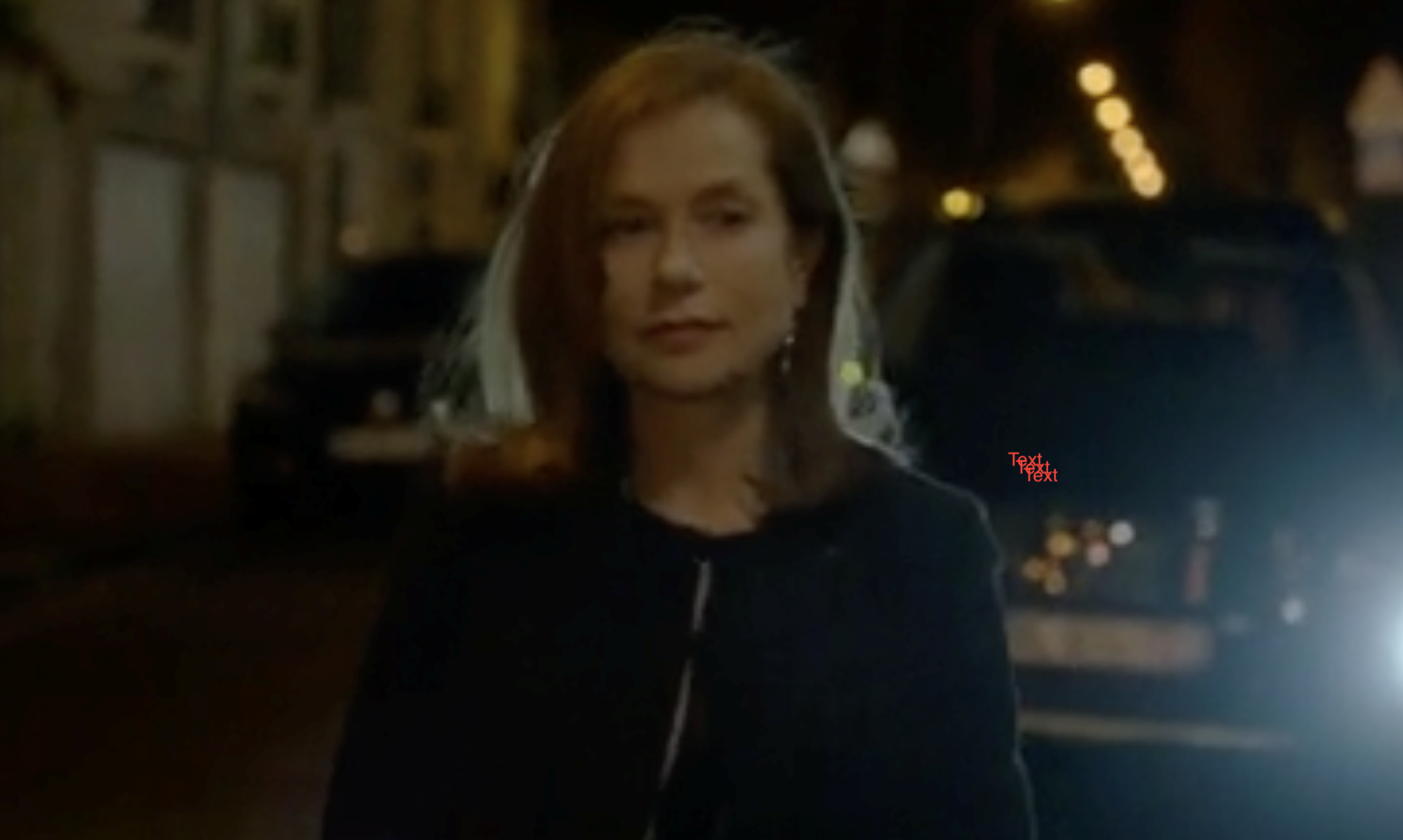Please read the curatorial statement below before watching the video-essay.
Mandela: The Man, The Myth, The Legend
by Jason Pillemer
Justin Chadwick’s Mandela: A Long Walk to Freedom is a biographical film which focuses on the protagonist, Nelson Mandela, the most well-known anti-apartheid political leader, who would eventually end the Apartheid after spending 27 years in prison on Robben Island. The film depicts his lifeline, from infancy to retirement after being the first Black South African President. The Apartheid was a system that caused racial separation between both whites and blacks living in South Africa (from 1948 to the early 1990s). This event then created an automatic hierarchy within the South African community, making those who had white skin superior. With the laws of segregation becoming more active, resistance began to take many forms throughout the country. Well known activist (such as Nelson Mandela) against the Apartheid began protesting different laws that were viewed as being unjust; by breaking certain curfews, boycotting certain companies, protesting, striking and holding events while discussing the idea of freedom. Regardless of Mandela ending up in jail, the fight for freedom did not end. Many people saw Mandela as a key figure in the resistance to end segregation, therefore making it their own personal goal to free him from imprisonment. The film does include the common themes of violence, death and trauma but only focuses on the Apartheid itself, like the many films that were created in South Africa after the horrific event.
Even after his death in 2013, Mandela is still set out to be an almost god like figure within South Africa and the black community world-wide, as it was him who revolutionized South Africa to become a place of equality. Since the film tells the personal journey of Mandela, he automatically becomes a key figure on camera. However, unlike most films that tell his story, Chadwick incorporates the side of Mandela that is unknown to the majority within his film; the cheating, heart wrecking, flirtatious, mediocre father. By digging into Mandela’s personal life, this film shows the scandals behind politics and that people in power usually hide the truth if it cost losing power.
This video essay tackles the question of what happens if Mandela was a myth rather than a human being. This video essay focuses on the idea of taking Mandela to play the part of a role model, but in a god like form. This means that throughout this video essay, Mandela can only be heard, rather than seen. However, like God, Mandela does interact with only a small percentage of the population. Regardless of this choice, he is still known and praised by everyone affected by the Apartheid. This video essay shows that those who come too attached to Mandela are seemed to be wrecked with disappointment, after Mandela does not fulfill his responsibilities (both as a husband and a father within the actual film). If sticking to the story of making Mandela into a God, those that Mandela anointed throughout the film are then depicted to be prophets/prophetess of the story. Even with Mandela taken out of his own biographic film, there is still a story with the same outcome. So, a question of thought still remains: Is physical appearance within a film important?
Works Cited
“Apartheid.” History, A&E Television Networks. 10 May. 2019
Haseenah Ebrahim and Jordache A. Ellapen. “Cinema in Postapartheid South Africa: New Perspectives.” Black Camera, Vol. 9, No. 2 (Spring 2018), pp. 169-176.
